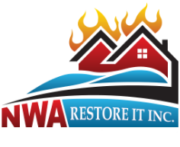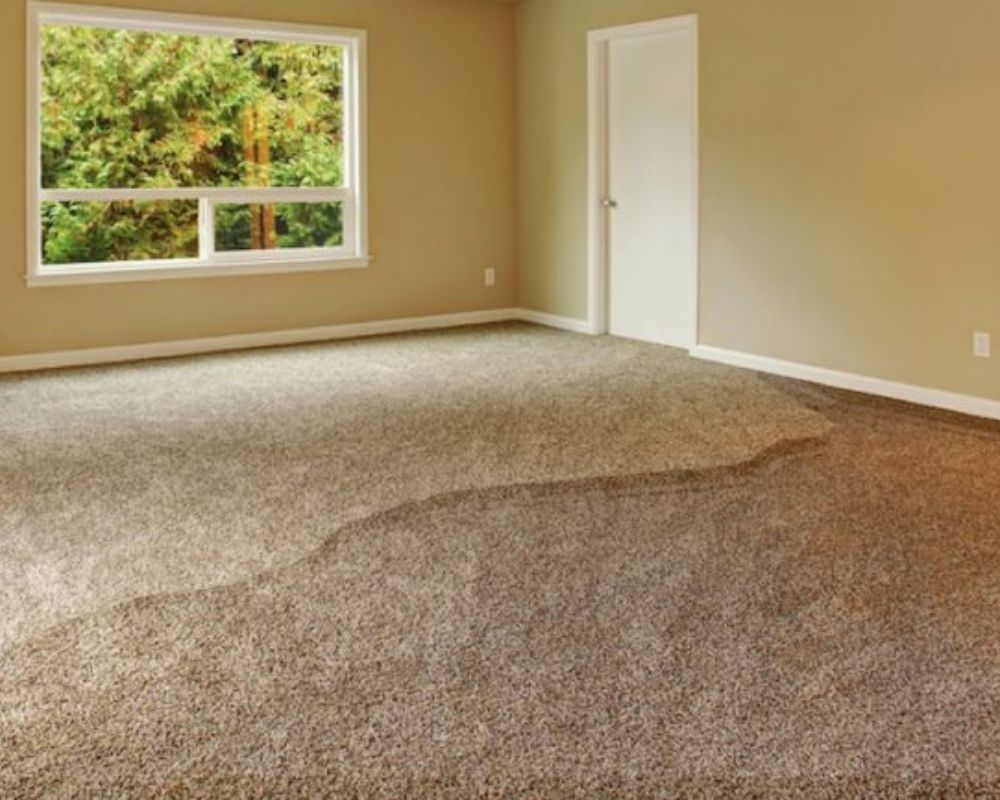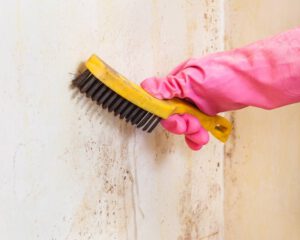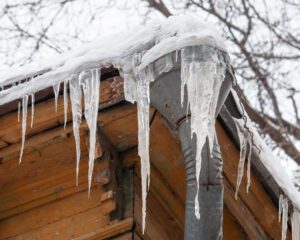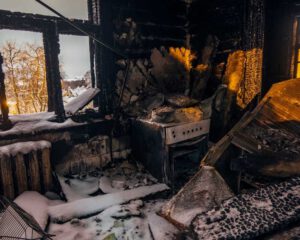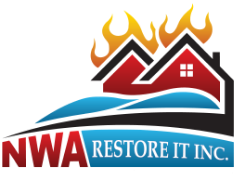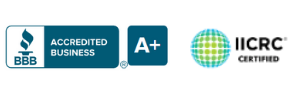Water damage incidents can add up. Consider some of the following facts:
- Between 2014 and 2015, more than 205,000 claims were filed for water damage at businesses across the country.
- The states with the highest incidence of water damage are California, Florida, Texas and New York, with Pennsylvania and Georgia close behind.
- An average, water damage from a sink will run $7,000 for each instance.
- For toilets, that number ranges between $2,000 and $10,000.
- Leaking roofs are the most common cause of water damage, especially in areas that experience freezing weather, strong winds or hail.
Appliances and Equipment
If your facility has equipment that utilizes water, leakage is an ever-present danger. Air conditioners, water heaters or anything that uses tubes, pipes, gaskets or filters to operate has the potential to leak. If that leak happens during off hours, you could be looking at major damage.
The best thing to do is to regularly look over and maintain your equipment. If you notice anything that concerns you—like rust, cracks, bulges or signs of moisture— take preventative measures. Replace water supply lines regularly. Re-caulk and re-seal.
Roofing
Make sure you’re checking your roof regularly. If you’ve got a pond up there, your drainage isn’t working effectively. Keep in mind that every inch of water weighs in at around five pounds. Over time, this can cause incredible strain and lead to leaks.
Be sure to look for any damage to your perimeter flashing, roof membrane or roof penetrations like drains, pipes and gas lines. Over time, these important safety measures can deteriorate, leaving you with a minefield of potential hazards.
Pipes and Drains
This one’s a no-brainer, but your plumbing system is susceptible to stoppages, clogs, and damage. If a crack develops—even one as small as an eighth of an inch—it could dump 250 gallons of water per day on your facility.
Look for outward signs of moisture, blue stains, rusting, cracking and bulging. If you’re having plumbing work done or you have a cut pipe for any reason, check for scale buildup. Alternatively, try a pipe camera to get a good look at what’s going on inside your system. Also, if your facility is exposed to lower temperatures, keep your pipes insulated at all times to prevent freezing.
Leak detection systems can be invaluable as well. Passive leak detection systems are relatively inexpensive and will sound an alarm when they sense a leak. Active leak detection systems give you an alarm and can act to stop the leak itself.
Sprinkler Systems
Many commercial buildings are outfitted with sprinkler systems, which are great for minimizing fire damage, but not so great for water damage when they malfunction.
Always check your sprinkler system for signs of damage or rust, and replace them regularly to make sure they are functioning properly.
Mother Nature
Natural disasters like hurricanes, severe thunderstorms, and flash flooding can do untold damage to your business. You certainly can’t control the weather, but you can control how ready you are for it.
Keeping your gutters clear, installing barriers and storing sensitive files and electronics at a higher level are all things you can do to keep the damage minimal.
In addition, you may want to consider getting a risk assessment and adding flood insurance if you’re in an area where your risk is higher.
Ultimately, there’s no way to completely eliminate all risk of water damage to your facility, but knowing common culprits, practicing good maintenance and taking preventative measures will reduce your risks and help you respond better if something does occur.
Source: https://bit.ly/2IVfMKL
